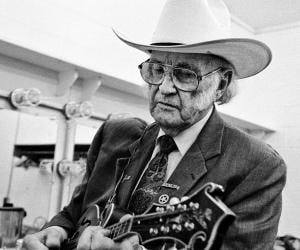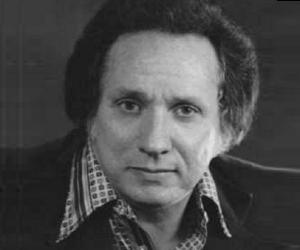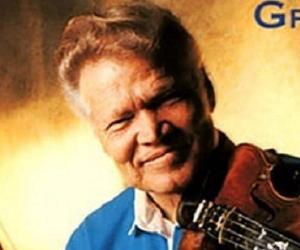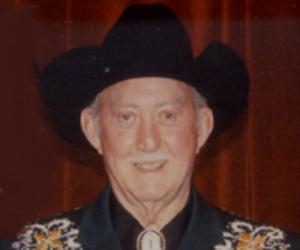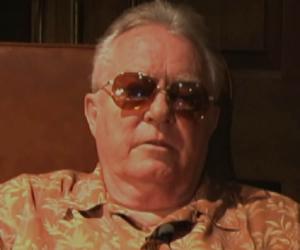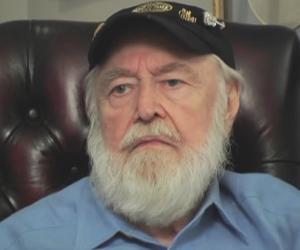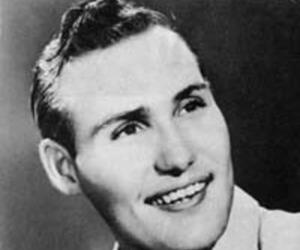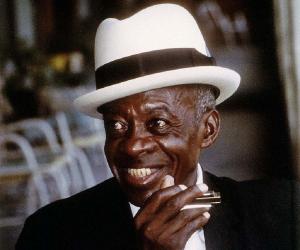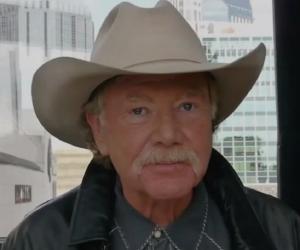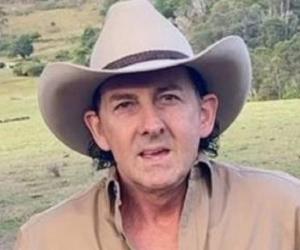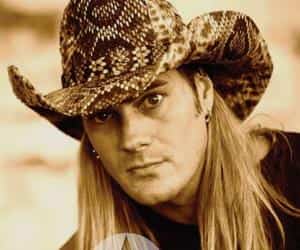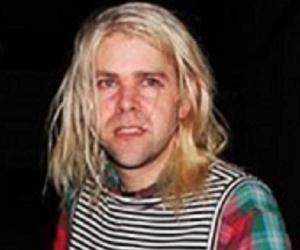Childhood & Early Life
He was born to a Kentucky farmer and entrepreneur James Buchanan ‘Buck’ and his wife Malissa (Vandiver) Monroe. His mother was a gifted musician as well as a respected singer of old time ballad and she played a pivotal role in familiarizing him with traditional folk music.
His maternal uncle Pandleton ‘Pen’ Vandiver taught him the nitty-gritty of music and highly influenced his musical aspirations. He took care of him when he was orphaned at quite a young age and also continued the lessons of fiddle which Bill’s mom had begun before her death.
His older brothers Birch and Charlie played the fiddle and guitar, and his sister Bertha also played guitar, so he took to playing mandolin.
Apart from his uncle ‘Pen’, Arnold Schultz, a black blues musician, also inspired his playing style. He incorporated Bill into his band for playing guitar, introducing him for the first time to blues genre of music.
Career
In 1927, he began playing mandolin professionally in his elder brothers’ band. In 1929, he moved to Indiana with his brothers Birch and Charlie and childhood friend and guitarist William Hardin, to work at an oil refinery. They, along with a friend Larry Moore, formed a musical group – the Monroe brothers. They worked six days a week doing shows at local dances and house-parties.
In 1934, their big break came when they were offered a barn-dance touring show for Texas Crystals, a medicine purgative. Birch stepped out as he didn’t like traveling, but Bill and Charlie carried the band as a duo called ‘Monroe Brothers’. They did many tours to Iowa, Nebraska and South Carolina, performing live on radio stations.
In 1936, they worked for Crazy Water Crystals. They made their first recording on RCA’s Bluebird label and recorded nearly 60 tracks for them over the next two years.
In 1938, the two brothers parted ways to form separate bands. His brother Charlie stayed with the RCA and formed the band, ‘The Kentucky Pardners’, whereas he started his first band, ‘The Kentuckians’, at KARK in Little Rock, Arkansas which lasted for only three months.
Soon, he moved to Atlanta and started working with ‘Crossroad Follies’. There he formed his second band, ‘Blue Grass Boys’ with singer/guitarist Cleo Davis, fiddler Art Wooten, and bassist Amos Garin. .
In 1939, the ‘Blue Grass Boys’ auditioned for the Grand Ole Opry on WSM. They were hired by the founder George D. Hay who was highly impressed with their performance. Soon his mandolin playing style and his high tenor singing became the benchmark and notable element of the band.
In 1945, the classic Blue Grass group was formed by him when he incorporated a young banjo player ‘Earl Scruggs’ and guitarist/vocalist Lester Flatt into the band. The band became a huge sensation among Opry audience and soon emerged with their major hit, ‘Blue moon of Kentucky’.
In 1948, Scruggs and Flatt left his band to form their own bluegrass band, ‘The Foggy Mountain boys’. Monroe regrouped in the following year, signing with Decca records that ushered him in the ‘golden age’ of his career. He had an all star team of musicians including guitarist Jimmy Martin, banjo player Rudy Lyle, fiddlers Merle ‘Red’ Taylor, Charlie Cline, Bobby Hicks and Vassar Clements.
In 1953, he survived a car accident and took a much-needed break for a few months. Monroe’s commercial fortunes began to slip by the late 1950s. Monroe found little success on the singles charts and that led to declining demand for live performances.
The folk revival in the early 1960s again brought him in the limelight. In 1963, he made his first college appearance at the University of Chicago.
Major Works
In 1946-47, he recorded many classics of the genre including, ‘Toy Heart’, ‘Blue Grass Breakdown’, ‘Molly and Ten brooks’, ‘Wicked path of sin’, ‘My rose of old Kentucky’, Little Cabin Home on the Hill’. In the same year he came out with his breakthrough song, ‘Blue Moon of Kentucky’, a waltz which he himself wrote.
In 1949, his band saw many new artists and they came out with many hit tracks including, ‘My Little Georgia Rose’, ‘On and on’, ‘Memories of Mother and Dad’, and ‘Uncle Pen’ (dedicated to his Uncle Pendleton Vandiver).
In 1965, he put ‘The first annual bluegrass music festival’ at Fincastle, Virginia and introduced his own festival at Bean Blossom (southern Indiana), a park he had purchased back in 1951.
Awards & Achievements
In 1969, he was made an honorary Kentucky Colonel and the following year saw his selection to the Country music Hall of Fame in Nashville, where his plaque read ‘The Father of Bluegrass Music’.
In 1979, he appeared on Ford’s theatre stage in Washington DC at a televised concert for the then president of the United States, Jimmy Carter; and performed on the ‘Blue Moon of Kentucky’.
On August 13, 1986, the United States senate passed a resolution, recognizing his contribution to American culture through his fresh and vibrant music.
In 1988, his signature song ‘Blue Moon of Kentucky’ was embraced by Kentucky General Assembly as the ‘Official song of the state’.
In 1991, he was welcomed in the International bluegrass music hall of honor. Soon after two years, he was awarded the ‘Lifetime achievement award’ by the National Association of recording arts and sciences.
In 1995, he was presented with the National Medal of the Arts by the then President Bill Clinton. The year also saw his last performance in March at the Grand Ole Opry.


